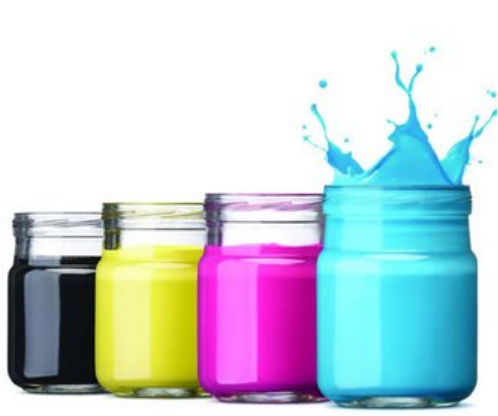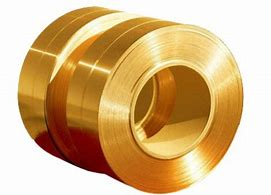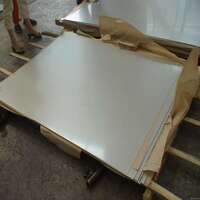1. Introduction
When you hear ‘metal clad,’ you might picture a sleek modern building wrapped in shimmering steel or a rugged shed with corrugated siding. But metal clad goes far beyond aesthetics—it’s a functional, durable, and versatile solution used across construction, electrical engineering, and industrial manufacturing. From metal clad roofs to clad metals in high-performance alloys, this technology blends protection, performance, and design.

In this article, we’ll unpack what ‘metal clad‘ really means, compare key materials like corten steel, zinc, copper, and aluminum, and explore applications ranging from metal clad walls to metal clad electrical wire. Whether you’re building a metal clad house or selecting clad steel for industrial use, understanding your options is crucial.
2. What Does Metal Clad Mean?
The term ‘metal clad‘—sometimes written as ‘metalclad’—refers to a composite material where one metal is bonded to another for enhanced properties. This process, known as cladding, can be achieved through rolling, explosion bonding, or electroplating. The resulting ‘clad metals’ combine the strength of a base metal (like carbon steel) with the corrosion resistance or conductivity of a surface metal (like stainless steel or copper).
Clad metal meaning isn’t just about layering—it’s about synergy. For example, aluminum clad stainless steel offers lightweight strength with rust resistance, while stainless clad aluminum provides thermal stability with surface durability. These combinations are essential in aerospace, chemical processing, and even cookware.
3. Architectural Metal Cladding: From Facades to Roofs
In architecture, ‘metal clad’ most commonly describes exterior systems like metal clad siding, metal clad walls, and metal clad roofs. These aren’t just decorative—they provide weather resistance, thermal efficiency, and long-term durability.
Popular choices include:

- Corten steel facade: Known for its rust-like appearance that stabilizes over time, corten steel siding is low-maintenance and dramatic. However, corten siding cost can be high due to material and installation complexity.
- Zinc facade and zinc clad roof: Zinc metal siding develops a protective patina, offering 80+ years of service life. A zinc clad dormer or standing seam zinc roof adds elegance with minimal upkeep.
- Copper siding: Ages beautifully to green patina; often used in high-end metal clad houses.
- Exterior corrugated metal siding: Affordable and industrial-chic, commonly seen on metal clad sheds and commercial buildings.
- Colorbond standing seam and PAC Clad standing seam roof: Pre-finished steel systems like PAC Clad HWP or PAC Clad coping offer color consistency and weather-tight performance.
Vertical standing seam metal siding and standing seam facade systems are increasingly popular for their clean lines and water-shedding efficiency—ideal for everything from steel clad buildings to modern residences.
4. Structural and Industrial Clad Metals
Beyond architecture, clad metals play a critical role in heavy industry. Clad steel—such as aluminum clad steel or titanium clad plates—is used in pressure vessels, heat exchangers, and marine environments where corrosion resistance is non-negotiable.
Common base materials include mild steel plate, boiler plate steel, or thick steel plate, often bonded with stainless steel plate, nickel plates, or even inconel plate for extreme conditions. For instance, 316 stainless steel plate is frequently used as a cladding layer over carbon steel to resist chlorides in coastal or chemical settings.
Alloy clad variants like 2024 T3 clad or 7075 T6 clad aluminum are standard in aerospace, where surface hardness and fatigue resistance matter. Similarly, copper nickel clad and cupro nickel clad materials excel in seawater piping systems.

5. Electrical and Insulation Applications
Not all metal clad refers to buildings. Metal clad electrical wire—often called MC cable—uses an interlocked aluminum or steel armor around insulated conductors. Aluminum clad wire and aluminum clad steel wire are common in commercial settings, including Pennsylvania, where code allows surface-mounted metal clad wiring.
Another niche but vital use is aluminum clad pipe insulation, which combines thermal protection with a reflective, durable outer layer. This ‘metal clad insulation’ is standard in HVAC and industrial piping.
Even small components like metal nameplates or cu clad wire rely on cladding for conductivity and longevity.
6. Material Comparison: Choosing the Right Metal Clad Type
Selecting the right clad system depends on environment, budget, and performance needs:
- Corten steel plate offers raw aesthetic appeal but may stain adjacent surfaces during weathering.
- Zinc coated or zinc nickel alloy cladding provides excellent corrosion resistance at moderate cost.
- Stainless steel metal plate (e.g., 316L SS plate) is ideal for hygienic or marine applications but comes at a premium.
- Aluminum diamond plate or aluminum tread plate adds slip resistance for walkways and vehicle floors.
- For cost-effective solutions, 1/8 inch steel plate or 3/16 metal plate with a protective cladding layer balances strength and economy.
When sourcing materials, terms like ‘steel plate for sale,’ ‘aluminum sheet for sale,’ or ‘aluminium checker plate near me’ often lead to suppliers offering both raw and clad options. Always verify ASTM standards like ASTM A387 for pressure vessel plates.
7. Conclusion
Metal clad isn’t a single product—it’s a family of engineered solutions that merge form and function. Whether you’re designing a steel clad house with a corten steel facade, specifying clad steel for a refinery, or running metal clad electrical wire through a commercial wall, understanding the nuances of clad metals ensures performance, longevity, and value. As materials science advances, expect even more innovative combinations—like inconel weld overlay or electroless nickel cladding—to push the boundaries of what metal clad can achieve.
Our Website founded on October 17, 2012, is a high-tech enterprise committed to the research and development, production, processing, sales and technical services of ceramic relative materials such as Metal. Our products includes but not limited to Boron Carbide Ceramic Products, Boron Nitride Ceramic Products, Silicon Carbide Ceramic Products, Silicon Nitride Ceramic Products, Zirconium Dioxide Ceramic Products, etc. If you are interested, please feel free to contact us.
